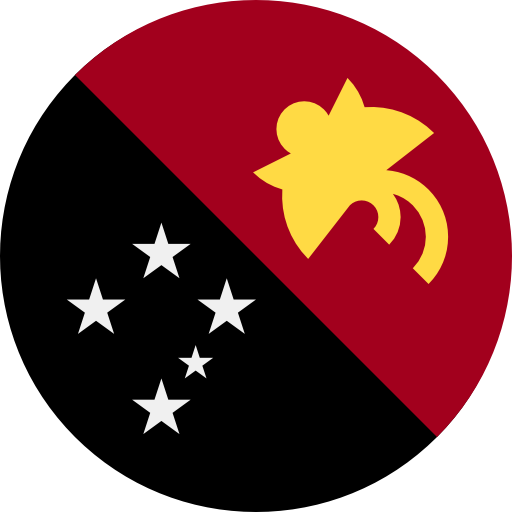
- Home
- Coin Values
- Regions
- Spot Silver Price: $38.17

Silver coins were in regular circulation in New Guinea. The values below represent the intrinsic value of silver coins from New Guinea.
New Guinea silver coins that are in uncirculated condition, or that may be rare and collectible may also have numismatic value. You can use this table as a guide when buying and selling circulated silver coins from New Guinea.
The melt values are calculated and displayed in USD based on the today's silver spot price of $38.17 per troy ounce.
| Denomination / Currency | Years Minted | Fineness | Gross Weight (g) | ASW (g) | ASW (oz t) | Melt Value |
|---|---|---|---|---|---|---|
| 1 Shilling | 1935- 1945 | .925 | 5.38 | 4.98 | .16 | $6.11 |
The history of silver coins in New Guinea is intertwined with the broader history of the region, including its periods of colonization. Before European contact, indigenous societies in New Guinea used various forms of barter and local currencies, such as shells and other natural items, but silver coins were not part of their monetary systems.
With the advent of European colonization in the 19th and early 20th centuries, New Guinea saw the introduction of European currencies, including silver coins. The region was divided mainly between the German Empire (German New Guinea) and the British Empire, which later handed over control to Australia (Territory of Papua).
During German rule, the German Mark, including silver coins, was used in German New Guinea from the late 19th century until World War I. After World War I, the Treaty of Versailles resulted in the redistribution of German colonies, and Australia took control of German New Guinea, merging it with the Territory of Papua.
Under Australian administration, the Australian pound, which included silver coins such as the shilling and florin, became the standard currency. These coins were used in New Guinea until the decimalization of the Australian currency in 1966, when the Australian dollar was introduced.
In 1975, Papua New Guinea gained independence from Australia and introduced its own currency, the Papua New Guinean kina (PGK), which is subdivided into 100 toea. While modern coinage in Papua New Guinea includes various denominations, silver coins have become less common in daily transactions, much like in other parts of the world, as other metals have become more prevalent in coin production.